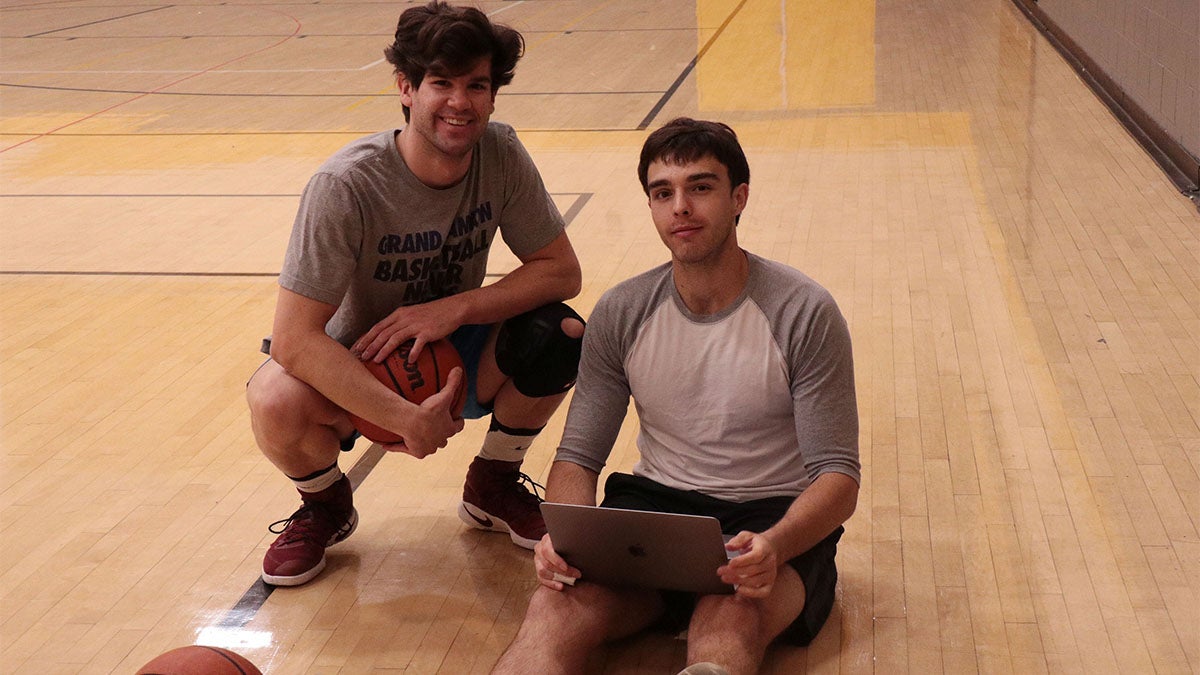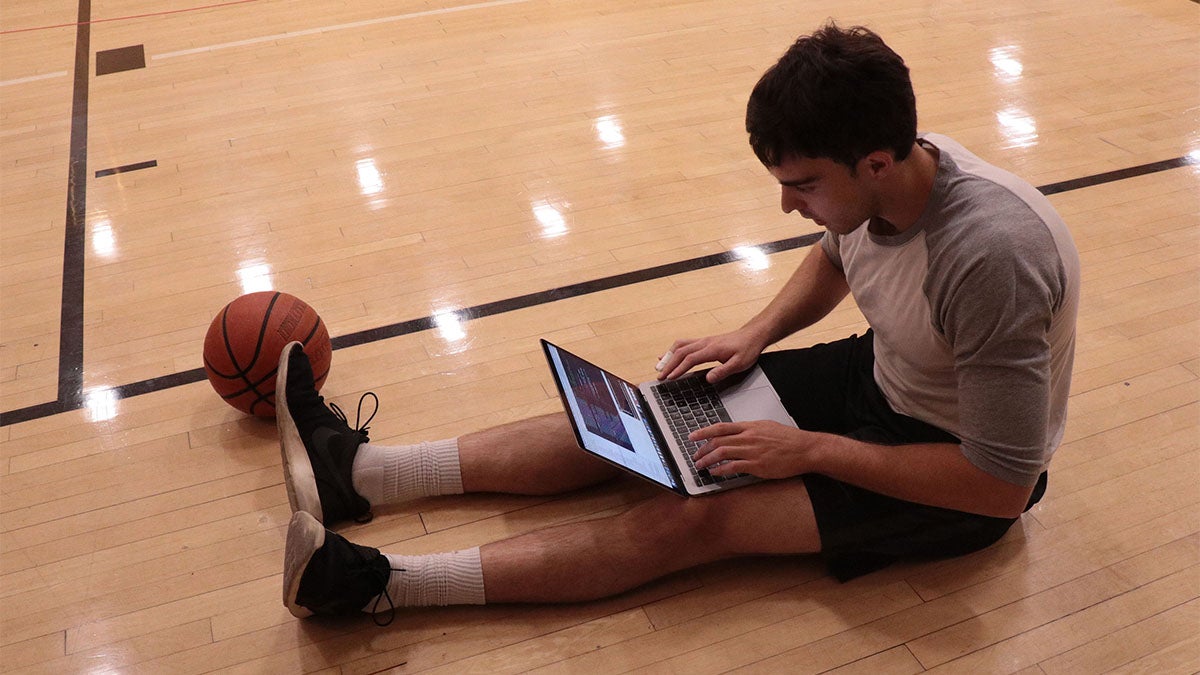ASU engineering students working to build a better basketball practice

Practice makes perfect is a saying athletes have heard since they took up a sport. But how can practice be improved?
Two Arizona State University seniors are working on just that.

Connor Harris, a computer science major, and Benjamin Willis, an electrical engineering major, have a shared common love: basketball. In fact, the sport is responsible for them meeting.
“When we were both 13 years old, we played club basketball against each other,” Willis said.
“Very, very physically,” Harris joked.
Years later, while attending the Ira A. Fulton School of Engineering at ASU, they rekindled their friendship during math class.
Now the two can be found together almost every morning in the gym working on their basketball games. That’s where they decided there had to be a way to improve the practicing of basketball.
Together they created the Chaac Basketball system to make practicing more efficient and to one day help any athlete who wants to improve their basketball game with or without a coach.
The system consists of two parts: the Chaac sensor and an app. The Chaac sensor magnetically attaches to the rim of a basket and uses lasers to record when a shooter attempts a basket and then if the shot was made or missed. This data is sent to the Chaac app, and the player can see their results and stats from the practice session immediately.

The app itself will not only keep track of your stats but becomes an on-demand coach.
“The Chaac sensor uses light-based sensors and machine learning to detect when a basket is made or missed,” Harris said. “The app connects to the sensor over Bluetooth and guides the user through a basketball workout while tracking stats.”
Before a workout, the user chooses the exercises, reps, and length of their practice session. The coach will then track the workout and stats for that workout. Over time the user can see how they have improved.
While the two are finishing their collegiate careers, they are working to develop the business side of the Chaac Basketball system and have a final product on the market soon.
“We really don’t know where this is going to take us,” Willis said.
“It’s all been engineering up to here,” Harris said. “We are about to get our foot in the door, enter the market and see how people like it.”
Sophia Briseno is a junior journalism major at Arizona State University


